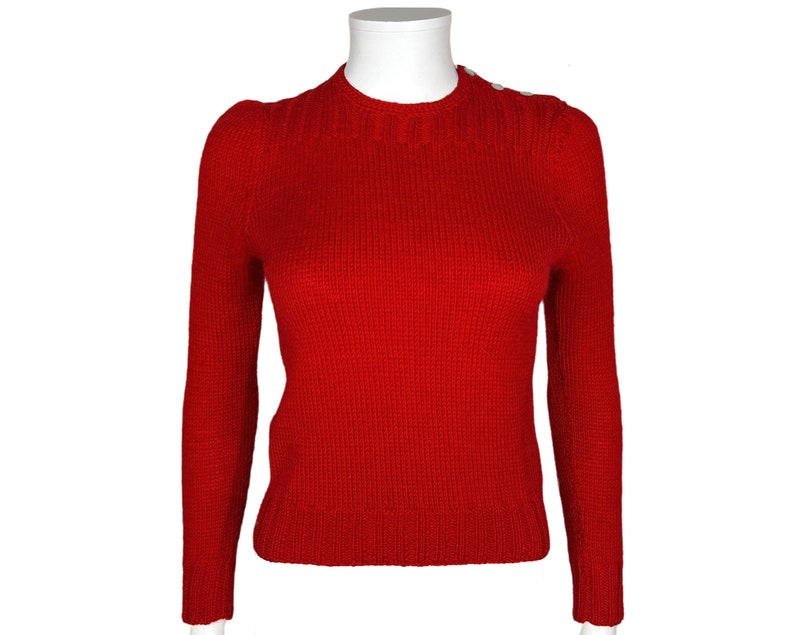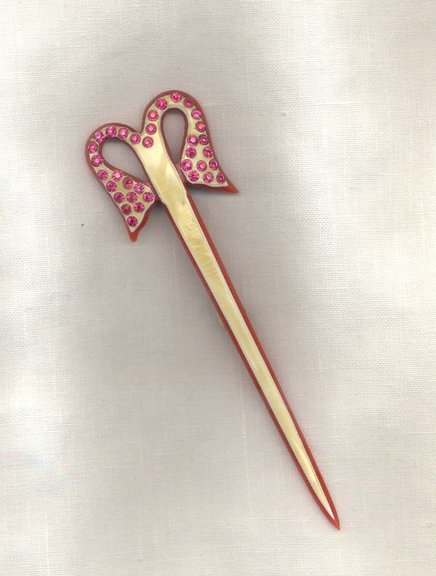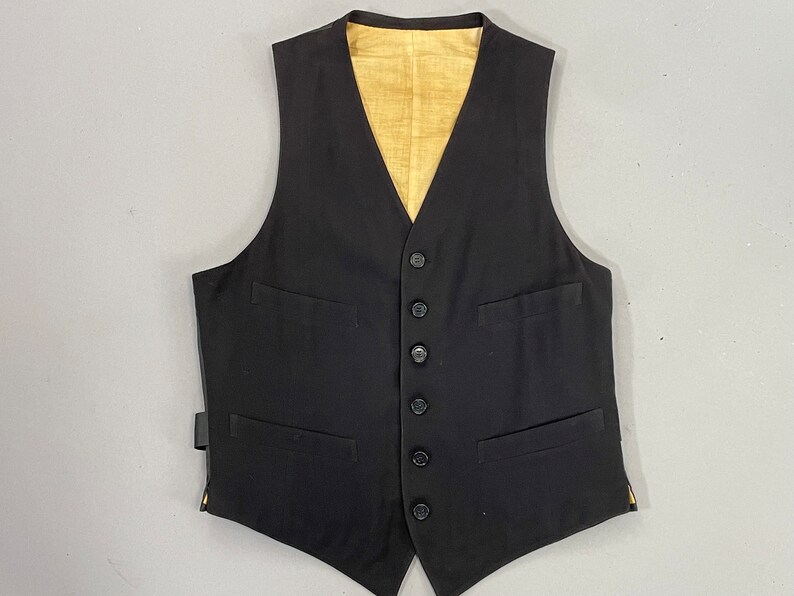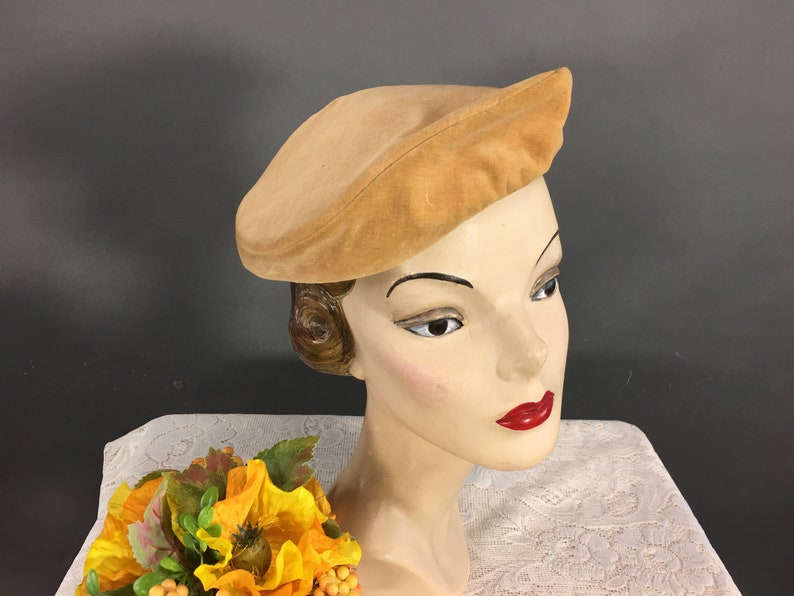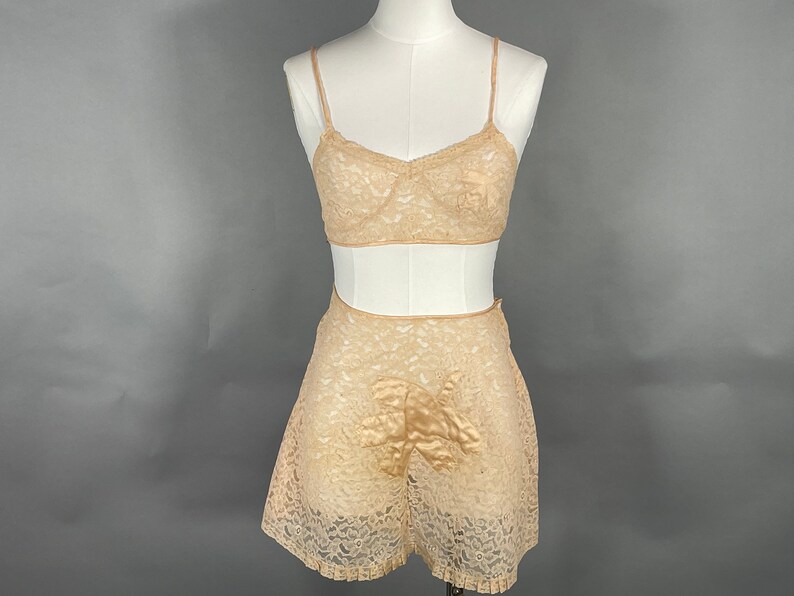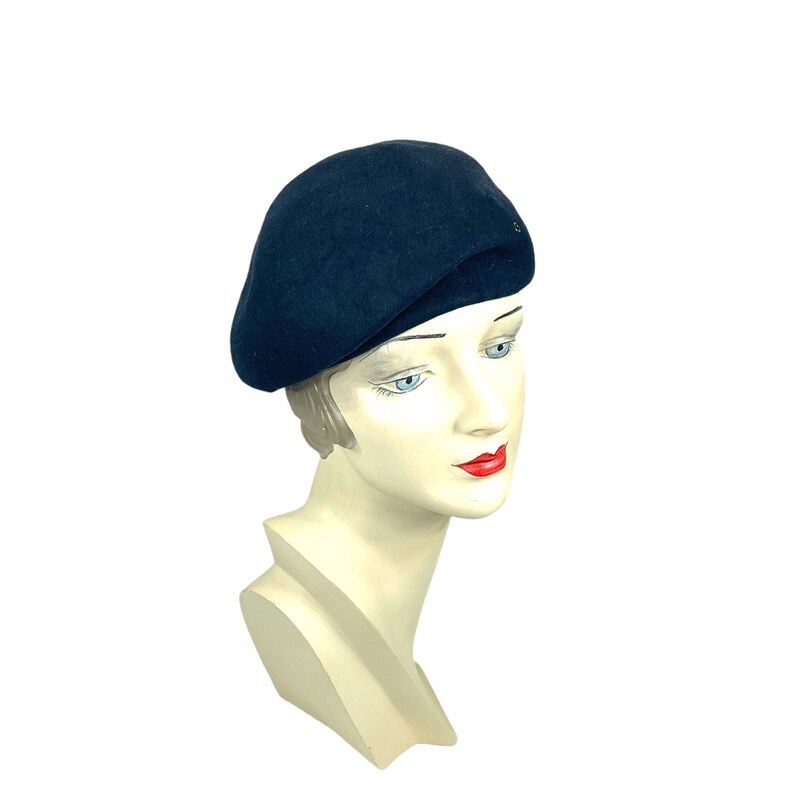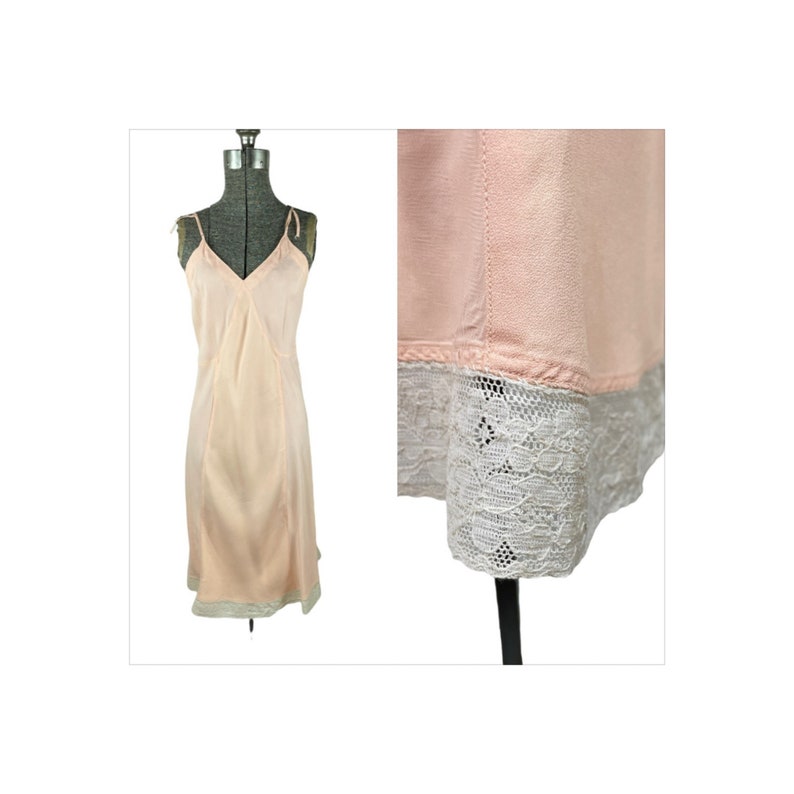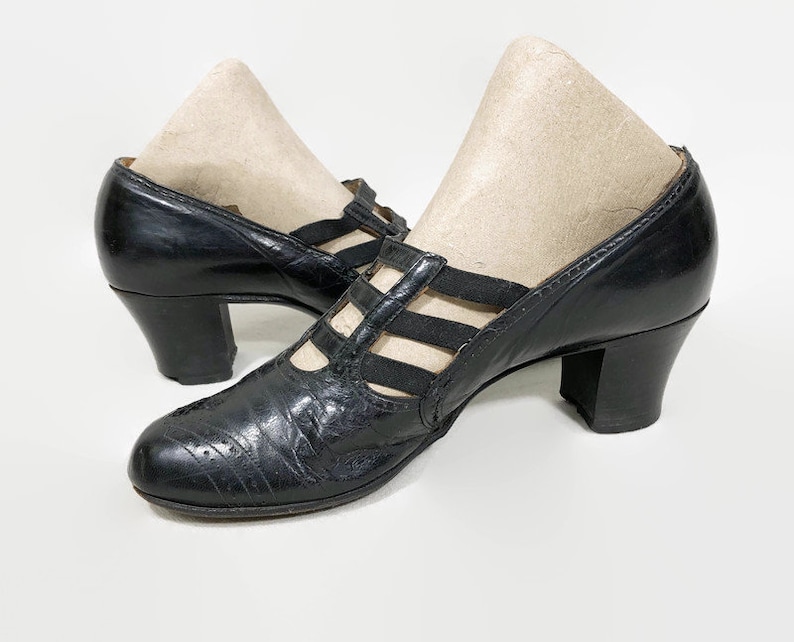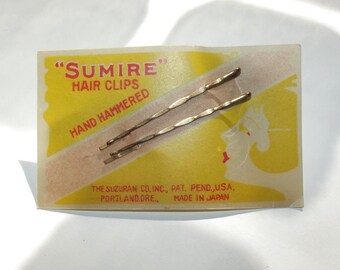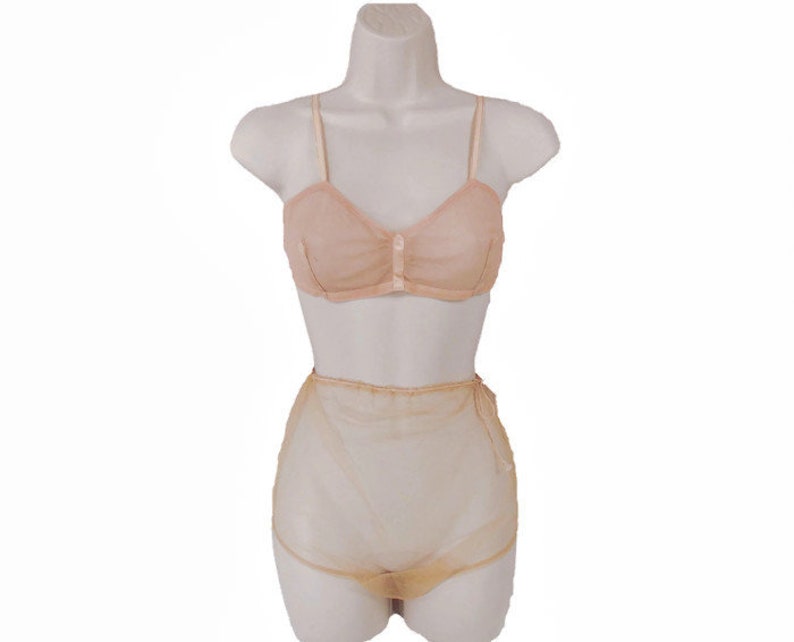carla rey
VFG Member
Bonnie and Clyde at 55
Initially rejected by its own studio as being too far outside the mainstream for release in 1967, Bonnie and Clyde is now considered a landmark American film. Director Arthur Penn was one of a new generation of American filmmakers greatly influenced by European New Wave cinema - films that tended to be thematically complex, morally ambiguous, and firmly anti-establishment. They paved the way for realism, violence and sex on screen, and marked the collapse of the studio era. Bonnie and Clyde made its mark on fashion, as well, ushering in a new type of power-dressing for women which included the midi-skirt and beret.
Set during the Great Depression, this tale of outlaw-lovers on the run was self-taught costume designer Theadora Van Runkle's first film, one that launched her career and provided her with her first Academy Award nomination. For inspiration, she delved into the real life diaries of Bonnie Parker, mixing her own designs with vintage garments to reflect Bonnie's transformation from aimless Midwest waitress to cigar-smoking, gun-toting bank robber. On a larger scale, Bonnie, as played by Faye Dunaway, was a symbol of rebellion and disruption. A glamorous anti-hero, her chic film wardrobe included bias-cut midi skirts, sweaters worn braless and accessorized with silk scarves, cardigans, power suits and of course, berets. Van Runkle said: “The beret was the final culmination of the silhouette. In it, she combined all the visual elements of elegance and chic. Without the beret it would have been charming, but not the same”. Life Magazine proclaimed: “Actress Faye Dunaway... in Bonnie and Clyde, has already done for the beret what Bardot did for the bikini”.
Warren Beatty's Clyde Barrow had a similar transformation. As the duo became more successful in their new profession as bank robbers and more famous as news of their crime spree spread, his look became more dapper and polished. His pin-striped suits were tailored to perfection, his two-toned spectator shoes served as an audacious exclamation mark for his outfits. “They have $ for clothes at last,” reads a note made by Van Runkle on her costume sketch. "Part of the success of the Bonnie and Clyde look", she stated, was that “once Bonnie and Clyde had some money from robbing banks, they started wearing tailored clothes from the Marshall Fields catalogue... they wore clothes that people could wear to work and wear in their real lives.”
As we mark the 55th anniversary of Bonnie and Clyde's release, VFG members aim to capture their most arresting looks inspired by this criminally stylish film.
Initially rejected by its own studio as being too far outside the mainstream for release in 1967, Bonnie and Clyde is now considered a landmark American film. Director Arthur Penn was one of a new generation of American filmmakers greatly influenced by European New Wave cinema - films that tended to be thematically complex, morally ambiguous, and firmly anti-establishment. They paved the way for realism, violence and sex on screen, and marked the collapse of the studio era. Bonnie and Clyde made its mark on fashion, as well, ushering in a new type of power-dressing for women which included the midi-skirt and beret.
Set during the Great Depression, this tale of outlaw-lovers on the run was self-taught costume designer Theadora Van Runkle's first film, one that launched her career and provided her with her first Academy Award nomination. For inspiration, she delved into the real life diaries of Bonnie Parker, mixing her own designs with vintage garments to reflect Bonnie's transformation from aimless Midwest waitress to cigar-smoking, gun-toting bank robber. On a larger scale, Bonnie, as played by Faye Dunaway, was a symbol of rebellion and disruption. A glamorous anti-hero, her chic film wardrobe included bias-cut midi skirts, sweaters worn braless and accessorized with silk scarves, cardigans, power suits and of course, berets. Van Runkle said: “The beret was the final culmination of the silhouette. In it, she combined all the visual elements of elegance and chic. Without the beret it would have been charming, but not the same”. Life Magazine proclaimed: “Actress Faye Dunaway... in Bonnie and Clyde, has already done for the beret what Bardot did for the bikini”.
Warren Beatty's Clyde Barrow had a similar transformation. As the duo became more successful in their new profession as bank robbers and more famous as news of their crime spree spread, his look became more dapper and polished. His pin-striped suits were tailored to perfection, his two-toned spectator shoes served as an audacious exclamation mark for his outfits. “They have $ for clothes at last,” reads a note made by Van Runkle on her costume sketch. "Part of the success of the Bonnie and Clyde look", she stated, was that “once Bonnie and Clyde had some money from robbing banks, they started wearing tailored clothes from the Marshall Fields catalogue... they wore clothes that people could wear to work and wear in their real lives.”
As we mark the 55th anniversary of Bonnie and Clyde's release, VFG members aim to capture their most arresting looks inspired by this criminally stylish film.
Last edited by a moderator:


